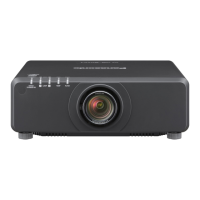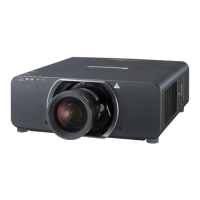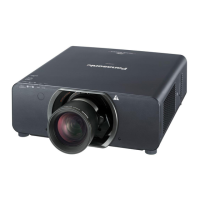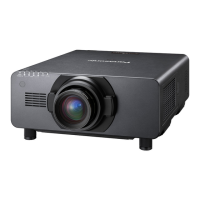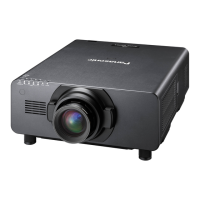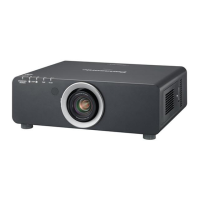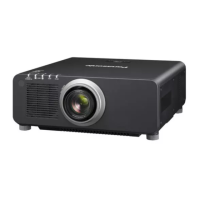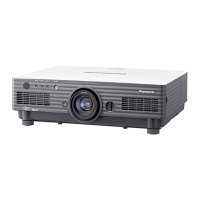~ When selecting a soft screen, caution is required with regard to image patching.
When a droop or wrinkle exists on the screen surface at the lapped part of two blended
images, double images are generated and the intended performance cannot be obtained.
* Points to keep in mind
When a soft screen is used for separating the projection room and auditorium, the
screen tends to sag when a door is opened or closed or when there is a change in
atmospheric pressure originating from air-conditioning equipment, thereby causing
double images at the lapped part of the edge-blended images.
Correct setting of air-conditioning (airflow direction, force, ventilation devices) and
suitable door design (door position, sliding door etc) are required.
~ Lens selection
In the majority of rear projection environments, the space is limited and use of a fixed
short-focus lens is unavoidable. However, because of wide incidence angle projected onto
the rear screen, there is a big difference in brightness when viewed from the side.
Therefore the short focus zoom lens (3-chip DLP type: ET-D75LE6, 1-chip DLP type:
ET-DLE100) are recommended.
Despite its short focus, LE6 enables zooming and lens shift in the up-down and left-right
directions along with a wide range of adjustment such as deviation correction of projector
installation position.
- 5 -
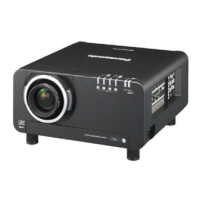
